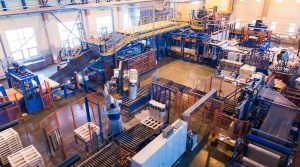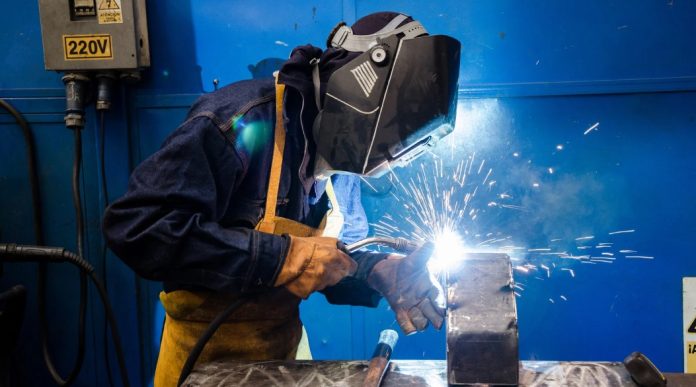Table of Contents
Sustainability is more than just a buzzword. It is a growing area of importance across all industries, and manufacturing is no exception. Sustainable lighting manufacturing is seeing an increase in demand, including the recycling and reusing of components, as well as more focus aimed at the effects that lighting has on energy consumption. This guide explores the sustainable manufacturing of lighting, shining a spotlight on the current and future trends that are shaping the industry.
Looking Into the Future of Sustainable Light Manufacturing
What is Sustainable Lighting Manufacturing?

Sustainable light manufacturing is the creation of light sources with eco-friendly practices at the forefront. This not only includes the design and build of the lighting and its components, but also the manufacturing process. With sustainable practices, the entire process is geared towards energy saving and waste reduction, from when the lighting product is made through to the end of its life cycle.
Key Factors in Sustainable Lighting Manufacturing
Energy-Efficient Technology
Thanks to the popular use of LED lighting, the industry has already made great strides in energy efficiency. To improve this still further, lighting companies have designed products that can be operated remotely, for example, as part of smart home solutions. There are also products that are designed with automation features. These technologies give consumers greater control over their energy usage, reducing their consumption as well as lowering costs.
Sustainable Materials

Lighting manufacturers are now using more eco-friendly materials to minimise the impact their products have on the environment. This includes the use of recycled metals, glass as well as plastics that are recyclable or biodegradable.
Another area that is becoming significant for the industry is the use of bio-plastics, which can be used as an alternative to petroleum-based plastics. This is a step away from using traditional plastics, which requires finite resources, while minimising the problems of plastic waste. As this technology develops, lighting manufacturers may increasingly use bio-plastics in small components as well as in light shadings and diffusers.
Transparent Supply Chains
Sustainable manufacturing requires having a transparent supply chain that shows ethical sourcing of raw materials as well as eco-efficient logistics. For lighting manufacturers, transparency means they are accountable for their operations at each point of the product journey. With a growing number of consumers more aware of sustainability, they may actively seek out businesses with transparent supply chains. This means that those businesses will fare better than their competitors.
Practising Circular Economy
Circular economy is a concept that is based on three areas: reusing, recycling and repurposing. By implementing ways to use these effectively, businesses can reduce waste and save energy. In the lighting industry, many businesses now use recycling schemes as well as refurbishment options so that products can be repaired rather than replaced.
Using Renewable Energy

To become more sustainable, manufacturing businesses are looking at ways to use renewable energy to create their products. This includes using solar or wind to power their production. Renewable energy may also be used in other buildings that are used by the business, such as offices and storage facilities. By using clean energy, lighting manufacturers not only improve their environmental credentials, but they can also lower their running costs.
Open Sharing of Information
When information is shared, the process of change happens much more quickly. While it might seem counter-intuitive to share information from a business perspective, in practice, it has the effect of benefiting all involved in highlighting their green credentials. In this case, lighting manufacturers may partner with researchers, suppliers, and stakeholders to share knowledge. From the early stages of product design, through to the delivery of the product to consumers, collaborating with partners at each stage of the process helps create positive sustainability practices.
Educating Consumers
One key trend in the lighting industry is the growing number of businesses that are educating consumers about the environmental impact of lighting, and guiding them towards eco-friendly choices. This is often achieved through social media campaigns, blog posts and website information. It can also include helpful information displayed on the packaging of products. Energy-aware consumers are more likely to buy from companies that take sustainability seriously, so it’s a win-win from an environmental perspective.
Final Thoughts
Sustainable practices in light manufacturing are paving the way for a greener future, and this is an example that is being followed across many different industries. When businesses take part in key initiatives that focus on reducing energy usage, waste and recycling, they can step forward with confidence into a sustainable future.
The increased collaboration in research and design, as well as across the supply chain, is a positive step because it creates a ripple effect that drives forward change. For the lighting industry, this approach ensures a bright future as we move towards cleaner solutions for our planet.


